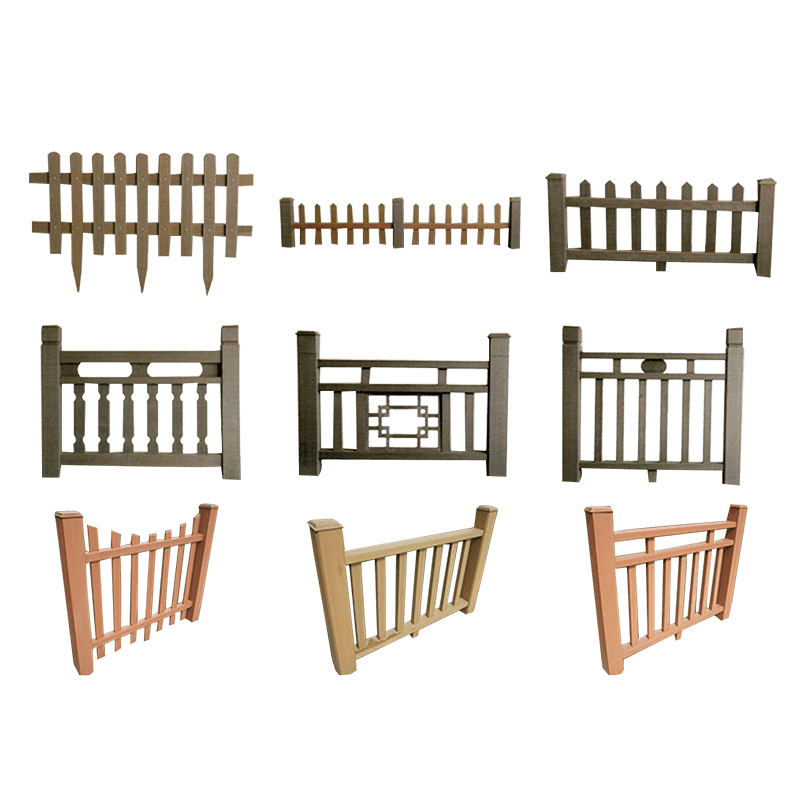Provide you with the latest enterprise and industry news.
WPC (Wood-Plastic Composite) guardrails are generally resistant to rot, mold, and insect damage. Here are some reasons why:
Rot Resistance
Low Moisture Absorption:
The plastic component in WPC materials significantly reduces moisture absorption compared to traditional wood. Lower moisture content helps prevent rot.This resistance makes WPC guardrails particularly suitable for outdoor and humid environments where traditional wood might deteriorate quickly.
Composite Structure:
The combination of wood fibers and plastic creates a dense material that does not provide the ideal conditions for rot to develop.Additives and coatings can further enhance the rot-resistant properties of WPC guardrails.
Mold Resistance
Non-Porous Surface:
The plastic in WPC creates a less porous surface, making it more difficult for mold to penetrate and grow.Regular cleaning and maintenance can easily remove surface mold without damaging the material.

Antimicrobial Additives:
Many WPC products include antimicrobial agents that inhibit the growth of mold and mildew on the surface.These additives provide an extra layer of protection in environments prone to mold growth.
Insect Damage Resistance
Inedible Material:
The plastic content in WPC makes it unattractive to insects such as termites and carpenter ants, which typically feed on natural wood.
The composite material does not provide the nutrients that insects require, thus deterring infestations.
Chemical Additives:
Some WPC products may include insect-repellent additives to further protect against insect damage.These additives enhance the material's durability and longevity, especially in areas with high insect activity.
Additional Considerations
Durability:
WPC guardrails are designed to withstand various environmental conditions, including exposure to moisture, sunlight, and temperature fluctuations.
The combination of wood and plastic provides a balance of natural aesthetics and enhanced durability.
Maintenance:
While WPC guardrails require less maintenance than traditional wood, regular cleaning and inspection are still recommended to maintain their appearance and performance.Simple cleaning with soap and water can help prevent the buildup of dirt and mold on the surface.
Environmental Impact:
The use of recycled plastics and sustainable wood fibers in WPC guardrails makes them an eco-friendly choice.They provide a long-lasting alternative to traditional wood, reducing the need for frequent replacements and decreasing overall environmental impact.
WPC guardrails are a durable and low-maintenance option resistant to rot, mold, and insect damage. Their composite structure, combined with various additives and coatings, ensures that they perform well in diverse environmental conditions, making them an ideal choice for both residential and commercial applications.



 English
English Español
Español














